If you’ve ever thought about switching to solar but felt held back by an old electrical setup, you’re not alone.
That’s exactly why many folks start wondering, “What is a Ready Solar Panel?”
Ready solar panels come with everything pre-wired and extra room to work with, so installing them is a breeze—even if your house’s wiring isn’t the newest on the block.
In this guide, I’ll show you how ready solar panels stand out from the usual types, and I’ll give you some straightforward tips on switching to solar smoothly.
Whether you’re updating your current place or setting up a new pad, you’ll see just how easy it can be with the right panels.
Key Takeaways
- Ready solar panels feature extra space and pre-wired connections for easier and safer solar integration.
- Electrical panels contain breakers that distribute electricity safely throughout the home and prevent overloads.
- Special breakers handle higher loads for large appliances to prevent system overloads.
- Solar systems use backfeeding to integrate with the main panel, allowing simultaneous use of solar and grid power.
- Challenges like lack of free breakers and bus bar overloading can be managed by upgrading the panel or adhering to the 120% rule.
How Does an Electrical Panel Work?
An electrical or breaker panel is a key piece of your home’s infrastructure, often tucked away in a basement, garage, or utility closet.
It’s all housed in a tough metal box and features a main circuit breaker that manages the electricity flow throughout your home.
The main breaker is super important because it shows your home’s power level, which usually ranges from 100 to 400 amps.
Inside this panel, you’ll find a bunch of smaller breakers, each with a label showing which part of your home it powers.
These little guys are essential for ensuring the right amount of electricity gets to different areas and appliances safely.
They’ve got a cool safety feature too: if there’s too much electrical load—like if too many devices are on at once—they automatically shut off.
This helps prevent scary stuff like fires or your appliances getting fried.
Now, for your big appliances that gobble up more power—think stoves or air conditioners—there are special breakers just for them.
These are built to handle more juice, ensuring these appliances run smoothly without putting too much strain on your system.
If ever there’s too much electricity flowing through these circuits and they get overloaded, the affected breaker will quickly “trip,” cutting power to that circuit to prevent any damage.
Fixing this is usually as simple as flipping the switch back on.
But if you’re in an older house with fuses instead of these modern breakers, and one blows, you’ve got to replace the whole fuse, which can be a bit of a hassle.
The condition of your electrical panel also plays a big role in your home insurance.
For instance, if your system’s under 100 amps, you might end up paying more for insurance or have trouble getting covered at all because of the higher risk of electrical issues.
That’s why it’s crucial to keep your electrical panel up-to-date and in good working order.
How Are Solar Systems Connected to the Main Panel?
Solar systems are connected to the main panel in your home through a method that lets you use solar energy along with regular grid power.
This setup called back feeding, is essential for efficiently using both solar and traditional power sources at the same time.
To understand this, let’s dive into how your home’s electrical panel works.
There are three main components:
- Main Breaker: This is the big boss in the panel, located at the very top. It’s connected to the utility service lines coming from the street and controls how much electricity—measured in amps—enters your home. It will be marked with numbers like 100, 150, or 200 amps, indicating its capacity.
- Bus Bar: Think of this as the main highway inside your panel where all the electricity is distributed. It’s a metal strip that routes power from the main breaker to the smaller roads, the circuit breakers.
- Circuit Breakers: These are like the local roads leading to various parts of your house, such as the kitchen, living room, or bedroom. They ensure that the right amount of electricity is delivered to each area and prevent any overloads, which can cause fires or damage your appliances.
To bring solar power into this system, installers use a special part known as a backfeed breaker.
This breaker is added to your electrical panel and it pulls the electricity generated by your solar panels into the main bus bar.
Once there, the power is distributed throughout your house just like the regular electricity from the grid.
What Challenges Do Standard Electrical Panels Face with Solar Integration?
1. Lack of Free Breakers
Adding a solar system to your home sounds great, right?
But here’s a hiccup you might run into if you have an older home or your electrical panel is already packed: there might not be any open slots for new breakers.
Since solar systems need their dedicated circuit breaker to hook up to your home’s electrical system, this can be a bit of a problem.
So, what can you do if your panel is full?
You’ve got a couple of options.
One is to upgrade your entire electrical panel to a bigger one that can handle more breakers.
Another less invasive option is to install a tandem breaker, which allows two circuits to be connected to a single slot.
Both of these solutions will take some time and money, so it’s important to plan for these additional costs and logistics.
This way, you can make sure your solar setup integrates smoothly without overloading your system.
2. Overloading the Bus Bar
When you’re hooking up solar power to your home, you’ve got to watch out for how much electricity your main electrical panel can handle.
Here’s the scoop: Adding solar panels means more power flows into your home’s electrical system.
But there’s only so much your panel’s bus bar (that’s the main distribution point inside your panel) can take before it gets overloaded.
To keep things safe and prevent problems like overheating or even a fire, there’s a handy rule called the 120% rule.
This rule helps ensure that the total electricity coming from both your regular grid and the solar panels doesn’t go over 120% of what your panel is rated to handle.
It’s like making sure you don’t overpack an elevator beyond what it can lift.
So, what happens if your current setup with the new solar panels might push past this limit?
Well, you’ve got a few options.
You could go with a smaller solar system that doesn’t pump out as much power.
Or, you might need to tweak how the solar system is connected to your panel.
Sometimes, though, the best solution is to upgrade your electrical panel to a bigger one that can handle more juice safely.
What Is the 120% Rule?
As I mentioned earlier, the 120% rule is like a safety net for adding solar power to your home.
It’s there to make sure you don’t push your home’s electrical system too hard.
Here’s how it works: if your main breaker and bus bar can handle 200 amps, then with this rule, you can bump that up to 240 amps.
Just multiply the 200 amps by 1.2, and there you have it.
So, let’s say your house is already using the full 200 amps from your grid.
If you want to add solar power, you can only add up to 40 more amps without crossing the safety line.
This means you could set up a solar system that’s around 5-6 kW, plenty for most houses.
But what if you want to go bigger, like a system that needs 60 amps?
You’ll need to adjust how much power you’re pulling from the grid.
One smart move is to swap your 200-amp main breaker for a 180-amp one.
This drop in grid power usage to 180 amps gives you the room to safely hook up a 60-amp solar system without going over the 240-amp limit.
But, keep in mind, that dropping to a 180-amp breaker means you have less power from the grid.
This can be a bit tricky at night or during cloudy days when your solar panels aren’t doing much.
To handle this, you need to keep an eye on how much energy your home uses, especially when everyone’s home and using power.
You’ll want to make sure you don’t go over that 180-amp limit.
How Do Solar Ready Panels Differ from Standard Electrical Panels?
Solar-ready panels differ from standard electrical panels in several key ways that make them particularly suited for integrating solar systems into your home.
These differences are designed to simplify the installation process, enhance safety, and ensure compliance with the National Electrical Code® (NEC®).
1. Extra Capacity
Solar-ready panels have extra space for breakers, which is a huge plus when you’re adding a solar system to your home.
This extra room means you can fit all the necessary components without having to replace or heavily modify your existing electrical panel to handle more circuits.
It’s a straightforward solution that saves you both time and effort.
These panels are also clearly marked, making it easier for electricians and solar installers to quickly find and correctly install the right components.
This helps ensure everything is set up properly and complies with electrical codes, reducing the risk of errors.
2. Pre-wired Connections
Solar-ready panels are a bit like a pre-assembled kit for your solar power setup.
Unlike standard panels, these come pre-wired for solar connections.
What does that mean for you?
Well, a lot of the tricky wiring that’s needed to get solar power flowing into your home’s electrical system is already taken care of.
This makes the whole installation process a lot smoother and faster.
You’ll spend less time waiting around for installers to figure out the wiring, and there’s less chance of mistakes happening along the way.
3. Integrated Safety Features
Solar-ready panels come with some cool built-in safety features that make them a smart choice if you’re looking to go solar.
Here’s the scoop: these panels handle electricity from both your solar setup and the grid in a smooth way.
One key feature is how they direct the solar power straight to your home’s main breaker.
What this does is it funnels all the power—whether it’s coming from your solar panels or the grid—through one main breaker.
This setup protects your system’s bus bar from getting overloaded and keeps your electrical setup simple by cutting out the need for multiple input points.
What’s even better is that it takes away the headache of having to stick to the 120% rule or having to downgrade your main breaker—stuff that often trips people up with standard setups.
So, you get to install any size solar system you want without having to jump through hoops with complex modifications or safety checks.
FAQs
What Does Solar Panel Ready Mean?
Solar panel ready means that a building or device is pre-equipped with the necessary components and wiring to easily connect solar panels, reducing installation complexity.
What Is PV Ready?
PV ready refers to a building or infrastructure that has been pre-configured to integrate photovoltaic (solar) systems quickly and efficiently, often including pre-installed conduits and electrical connections.
What Is a Solar Ready Generator?
A solar-ready generator is designed to seamlessly integrate with solar panels, allowing it to charge using solar power in addition to traditional charging methods.
What Is the Difference Between Solar Panels and Portable Solar Panels?
Solar panels refer to fixed installations used for residential or commercial buildings, while portable solar panels are lightweight, smaller, and designed for mobility and temporary setups.
Conclusion
As promised, we’ve covered everything you need to know about ready solar panels and how they simplify the transition to solar power.
From their pre-wired setup to the extra space for easy installation, ready solar panels are tailored for hassle-free integration into any home.
Here’s a piece of specific advice: before making the switch, have a certified electrician assess your current electrical system.
This ensures that your upgrade not only meets your energy needs but also adheres to safety standards, letting you enjoy the benefits of solar energy with peace of mind.

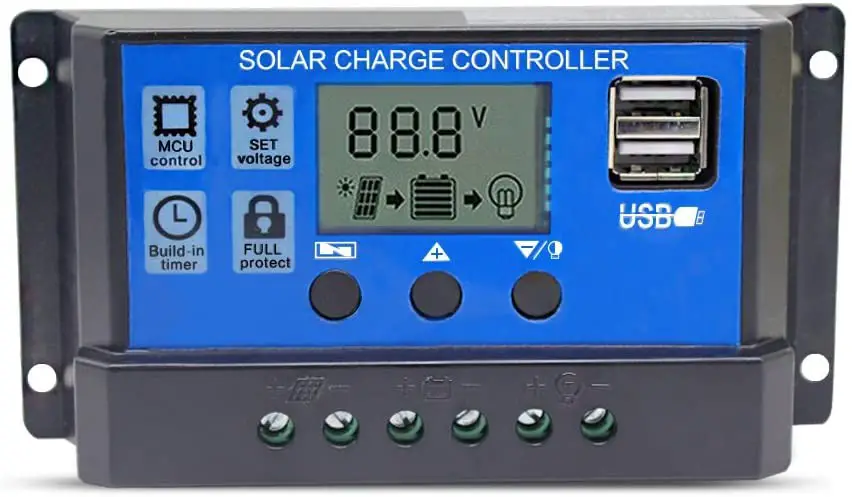
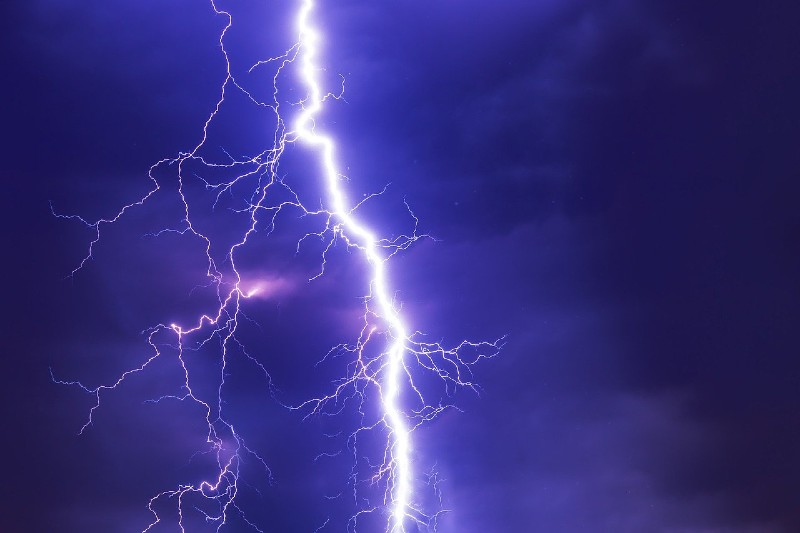

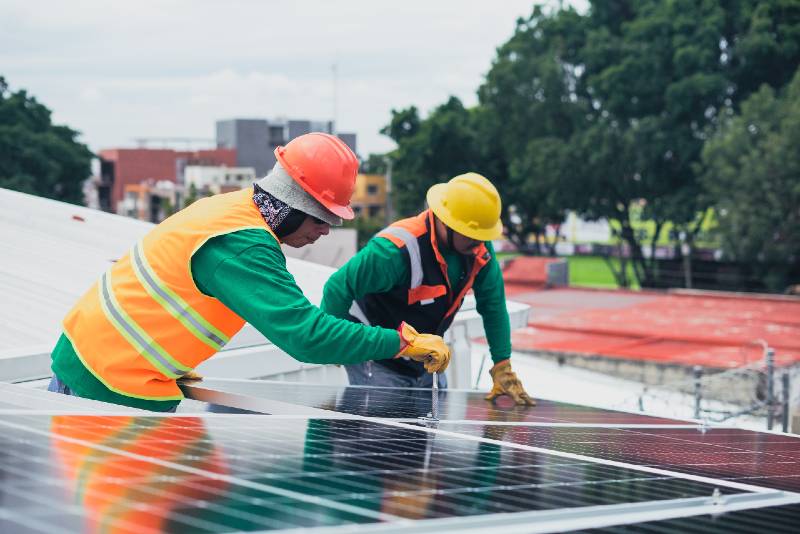
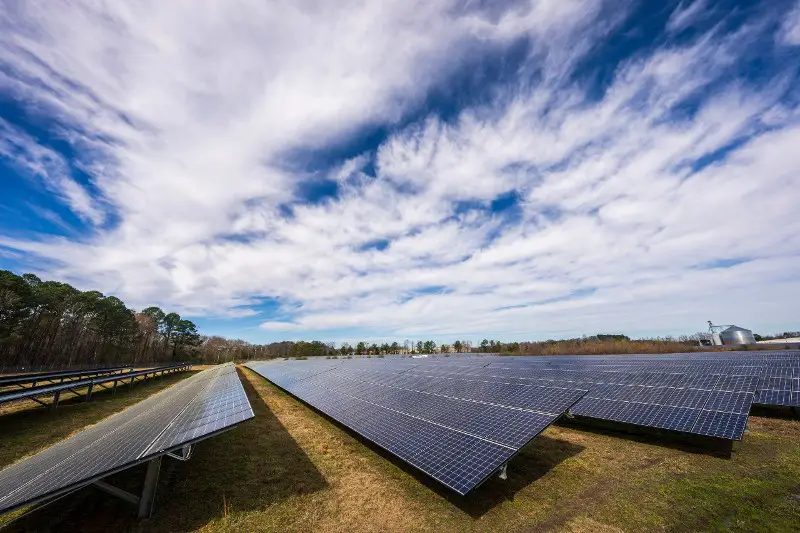
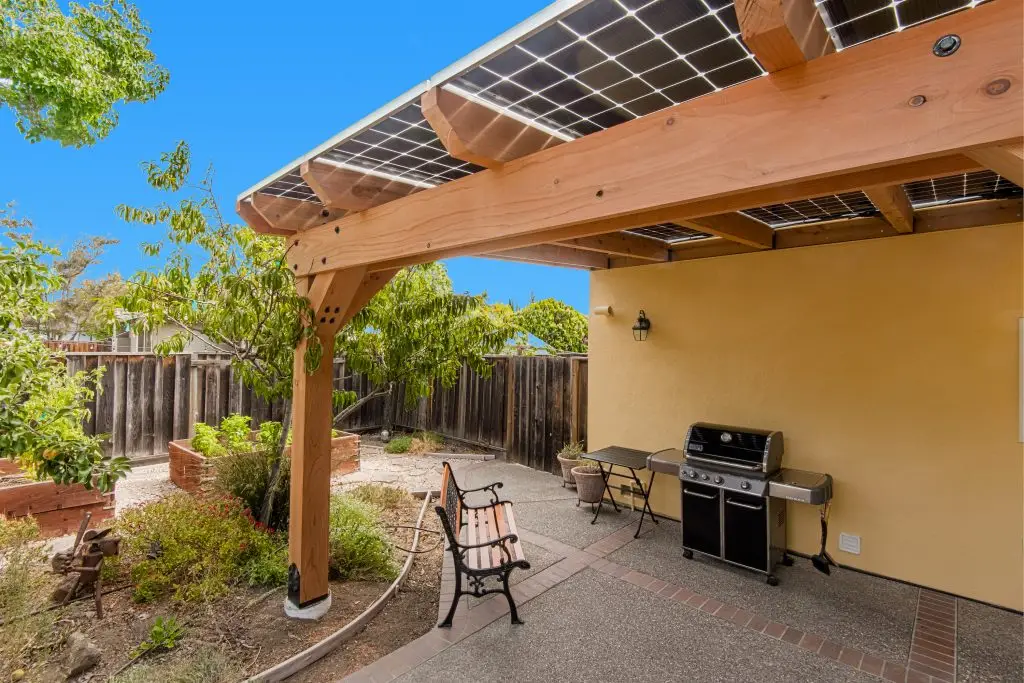
This is the best explanation so far of what a solar ready panel is and why it is beneficial. Most other explanations are too short or incomplete, suggesting that they don’t fully understand what it is about and can’t thoroughly explain it. Thank you!M
Thank you so much for taking the time to support us with your kind words. You really made my day <3
Good technical writing for the layman is hard to do. Your explanation connected the missing dots between what I have heard from multiple sources. Thank you
Thanks for reading :D
Does solar ready also allow for both panels and batteries? Increasing my grid power is not a feasible option and my electrical panel is currently full. I can upgrade to solar ready, which will give more circuits, but I am getting conflicting info regarding adding a battery.
Hey Mark,
The idea of the solar ready panel is that it has only one input and you can connect multiple power sources to it without overloading the bus.
So to answer your question, yes, as long as you have enough free breakers, you can install a solar system, a back-up battery, a generator, in addition to the grid, all at the same time.
Hope this was helpful :D
Mark,
With a solar-ready main service panel (MSP) you can put solar & batteries in the same MSP, but when it comes to a generator you need to make sure you “qualify” your “at the same time” comment. Generators usually create their own AC waveform and do not usually “slave” to the grid – like solar inverters do – so there needs to be a transfer switch that removes the utility power from the MSP before adding the generator power or a “crash” can occur between power sources that are not synchronized.
I would also recommend verifying what solar ready parts for your new panel you may need. When I purchased my solar ready panel I was unaware you needed terminal lugs in addition to the panel. Extra part, extra money. Also, I installed the panel and learned of this later when I got around to installing solar. It’s much easier to install the lugs on a disconnected feed rather than arranging another disconnect or working with insulated gear to install the lugs. If you have a square d panel the part number is SR69064A.
Thank you so much for the information. Very helpful!
I’m an electrical contractor in California and I have a customer who wants a 30 KW system installed which entails about 74 panels or so. I am currently preparing to install a 400 amp meter Main onto a new Pole which has two 200 amp Breakers one of which is going to feed out to a 200 amp sub panel on the house. The other 200 amp breaker feeds bus bars in the same panel with about 30 spaces in it. I will be attaching to the breaker spaces under that 200 amp breaker. The product is a Square D 400 amp service rated 320 amps continuous. It is not a solar ready panel but I think it’s going to be just fine, what are your thoughts on this?